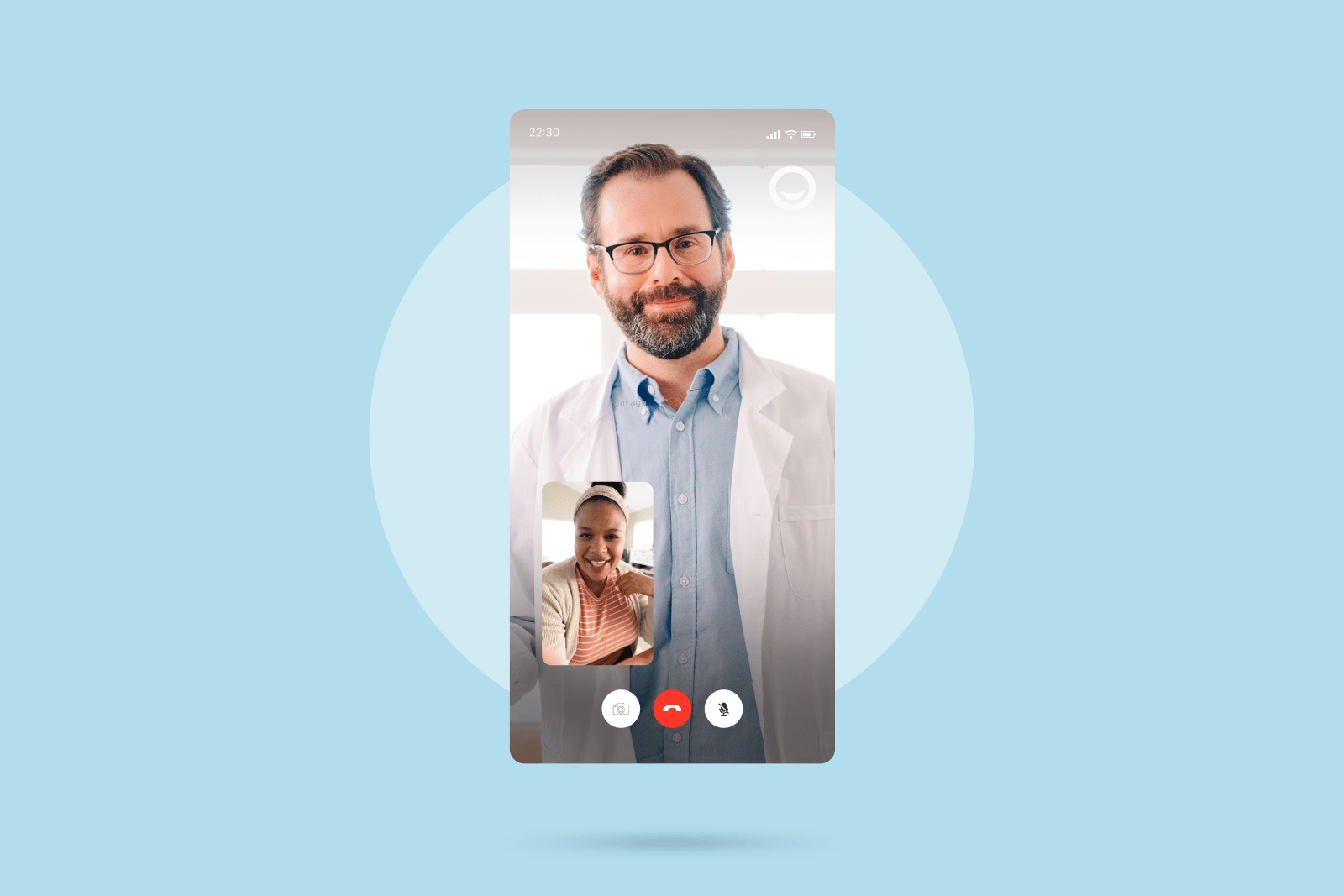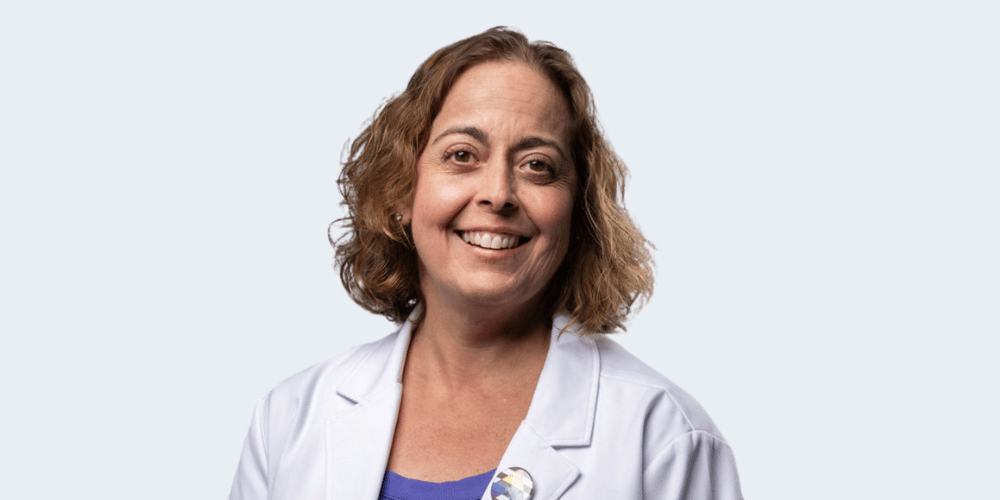
Stye treatment available online today
In order to treat your stye, consult with one of our board-certified primary care doctors online today to prescribe medications to get relief from eyelid pain and swelling. Get a new prescription to treat stye today.*

*Prescriptions are provided at the doctor's discretion. Learn more about our controlled substances policy and how to save up to 80% with our prescription discount card. PlushCare doctors cannot treat all cases of stye. Our primary care physicians can conduct an initial evaluation of your symptoms but may need to refer you to a specialist or for in-person treatment. If you are experiencing severe pain in your eye or loss of vision, seek emergency medical attention immediately.
Learn about styes
A stye (officially known as hordeolum) is a red, painful lump near the edge of the eyelid, that forms due to backed-up oil producing gland. The eyelid bump usually forms on the outside of your eyelid (base of eyelash), but sometimes it can form under the eyelid. A stye looks like an acne pimple, it usually lasts one to two weeks and can go away on its own.
There are two kinds styes, defined by their location:
-
-
Internal hordeolum - form from the inside of eyelids due to infection of oil glands.
-
External hordeolum - form at the base of eyelash due to infection in hair follicle.
-
Stye causes
Stye symptoms
-
A painful red bump on your eyelid at or near the base of the eyelashes
-
Eyelid pain
-
Eyelid swelling
-
Tearing in the affected eye
-
Constant feeling that something is in the eye
-
Crusting along eyelid
-
Light sensitivity
How to treat a stye
Most styes will usually go away on their own in one to two weeks. Here are some at home treatments that can help with the healing process:
-
Warm compresses - An effective at home treatment to relieve pain is a warm compress. First run warm water over a clean washcloth then wring it out. Place the warm washcloth over the affected eyelid with the eye closed. Gently massage the eyelid. Re-wet the washcloth under warm water to repeat for 5 to 10 minutes.
-
Clean your eyelids regularly - gently wipe the infected eyelid with mild soap and water. Usually, watered-down baby shampoo that is designed not to irritate the eyes will work. You can also buy special eye soap from drugstores.
-
Keep eyes clean - Don't wear eye makeup or contact lenses until the style has healed. The contact lenses that were last worn may contain the bacteria. If you wear weekly or monthly disposable lenses, it is safer to throw out the old pair of contact lenses.
-
Do not try to pop the stye - Leave the stye alone. Trying to pop or squeeze the stye to get the pus out may cause the infection to spread.
In cases where the stye doesn't start to improve after 48 hours, see a healthcare provider to get medical treatment options. The following treatments maybe performed by the doctor:
-
Drain the stye - An eye doctor may perform a small surgery to drain the pus. A small incision will be made with local anesthetic in the eye doctor's office.
-
Antibiotics - Prescription antibiotic eye drops or antibiotic eye ointment to apply. Oral antibiotics may be prescribed if it is observed that the infection has spread beyond the whole eyelid.
Medication for a stye
Most styes will usually go away on their own in one to two weeks. If the symptoms do not seem to be improving, see a healthcare provider to get treatment. The doctor may provide the following prescription medications:
Antibiotic ointment
The antibiotic cream can be applied to the infected eyelid.
Antibiotic eye drops
Oral antibiotics
If the infection has spread beyond the eyelid, these antibiotics can be taken to fight the bacterial infection.
How to prevent a stye
Good facial hygiene practices are key in the prevention of a stye. Some good daily habits include:
-
Avoid touching the face or regions around the eyes for no reason
-
Wash your hands often since you maybe unconsciously touching your face and eyes
-
Contact lens hygiene - since these stay in your eyes throughout the day, and are the primary reasons for touching your eyes, it is important to practice good contact lens hygiene. Always wash your hands before handling contact lenses. Clean and disinfect your contact lenses thoroughly every day. If you are wearing the disposable types, toss them out on time (e.g. daily, weekly or monthly). Do not wear them beyond the recommended time frame in an attempt to save money.
When to see a doctor for a stye
See a doctor if the stye does not show any signs of improvement after 48 hours, or the redness/swelling spreads to the entire eyelid or into other parts of your face.
Related conditions to styes
Chalazion
A chalazion is a swollen but not infected bump on the eyelid. Since a chalazion may start as an internal stye, it can be difficult to tell apart a chalazion from a stye. While a stye is very painful, a chalazion is usually not, and does not cause swelling in the entire eyelid.
Stye treatment FAQs
What is an eye stye?
A stye (officially known as hordeolum) is a red, painful lump on or near the edge of the eyelid, that forms due to backed-up oil producing gland.
What is the best treatment for a stye?
Most styes will usually go away on their own in one to two weeks. Some home self care routines such as warm compresses and gently cleaning the eyelids can help.
How do I get rid of a stye overnight?
Given that a stye is a bacterial infection, it is not possible to completely get rid of it overnight. The immune system needs time to fight off the infection, and most styes will usually go away on their own in one to two weeks.
What is the best medicine for a stye?
If your stye does not go away on its own, see a doctor. Your doctor can prescribe an antibiotic ointment or drops to apply. Antibiotics are effective against bacterial infections.
What is a stye caused by?
A stye forms when an oil-producing gland in your eyelid skin becomes blocked and gets infected.
What's the difference between a stye and a chalazion?
A chalazion is a swollen but not infected bump on the eyelid. Sometimes it is difficult to tell apart a chalazion from a stye. While a stye is very painful, a chalazion is usually not and does not cause swelling in the entire eyelid.
Can you get a stye from stress?
There seem to be some reports that suggest a relationship between stress, poor sleep and risk of styes. However, scientific studies are lacking. It may be that during periods of high stress and/or poor sleep, your immune system becomes weakened, and you are therefore more susceptible to bacterial infection.
Are styes contagious?
Styes are generally not contagious. However, always practice good hygiene since we are dealing with bacterial infection. Always wash hands and try to wash pillowcases often.
What over the counter stye medication can I use?
Our board-certified physicians are available 24/7 for convenient telemedicine appointments. Within an hour, you can discuss your symptoms, receive a diagnosis, and get a prescription for medication if needed – all from the comfort of your home. Online doctor appointments are available with or without insurance, and we accept most major insurance plans.
3 simple steps to request treatment for a stye today

Book a stye treatment appointment.

Talk to your board-certified primary care physician regarding your stye symptoms.

Pick up a prescription to treat your stye.
Stye treatment pricing details
To request stye treatment and get a new or refill on your prescription, join our monthly membership and get discounted visits.
30 days of free membership
- Same-day appointments 7 days a week
- Unlimited messages with your Care Team
- Prescription discount card to save up to 80%
- Exclusive discounts on lab tests
- Free memberships for your family
- Cancel anytime
Paying with insurance
Membership
$19.99 /month
First month free
Visits
Copay
Visit price with insurance
Often the same as an office visit. Most patients with in-network insurance pay $30 or less!
We accept these insurance plans and many more:



Paying without insurance
Membership
$19.99 /month
First month free
Visits
$129
Visit price without insurance
Stye treatment resources
Sources:
PlushCare is dedicated to providing you with accurate and trustworthy health information.
-
"Stye (sty) - Symptoms and Causes." Mayo Clinic, Accessed September 29, 2023, https://www.mayoclinic.org/diseases-conditions/sty/symptoms-causes/syc-20378017
-
"Stye: Overview." Cleveland Clinic, Accessed September 29, 2023, https://my.clevelandclinic.org/health/diseases/17658-stye.
-
"Styes." KidsHealth, Accessed September 29, 2023, kidshealth.org/en/parents/stye.html.
-
"Chalazia and Styes." American Academy of Ophthalmology (AAO), Accessed September 29, 2023, https://www.aao.org/eye-health/diseases/what-are-chalazia-styes
PlushCare content is reviewed by MDs, PhDs, NPs, nutritionists, and other healthcare professionals. Learn more about our editorial standards and meet the medical team. The PlushCare site or any linked materials are not intended and should not be construed as medical advice, nor is the information a substitute for professional medical expertise or treatment.